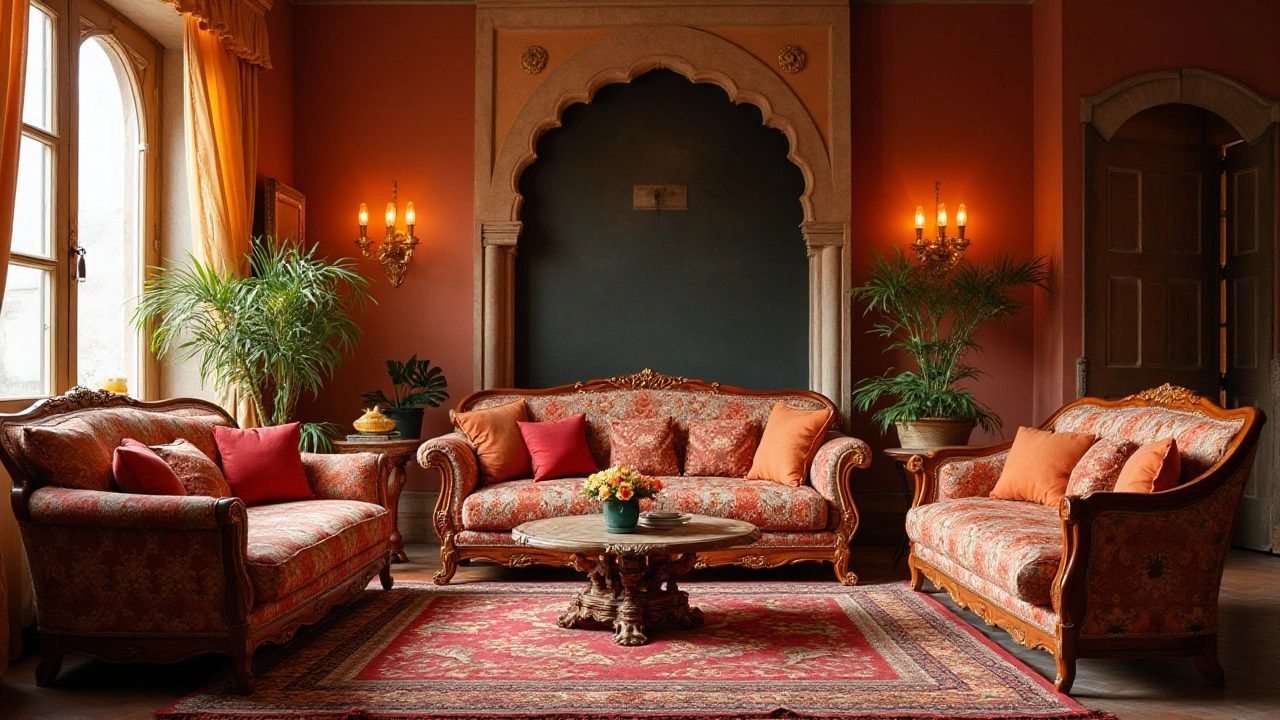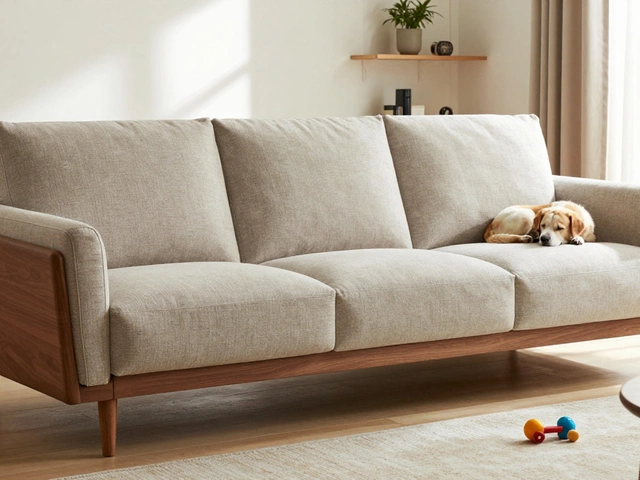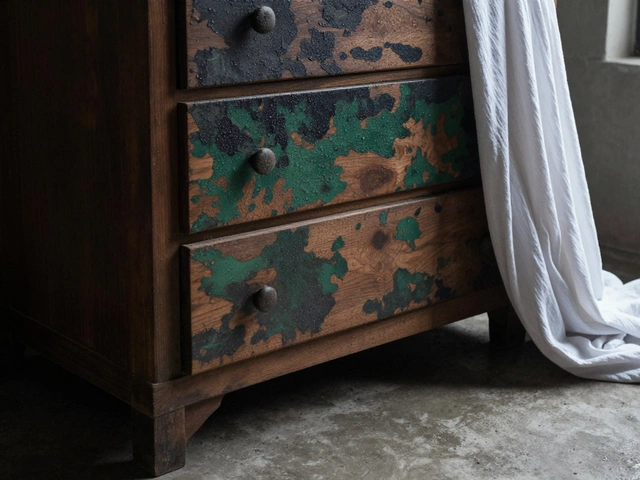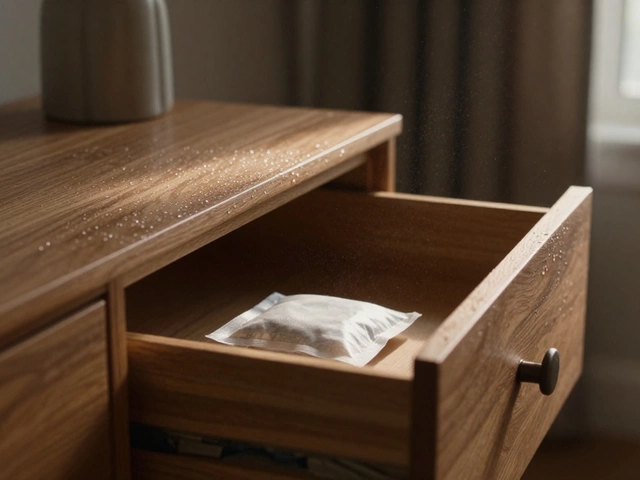Sofa Materials: Find the Best Fabric and Frame for Your Home
Choosing a sofa isn’t just about size or shape – the material matters just as much. The right fabric or leather can keep your couch comfy for years, while the wrong one may sag, stain, or wear out fast. Below you’ll get a quick rundown of the most popular sofa materials and what to watch for when you shop.
Common Fabric Choices
Microfiber is a synthetic blend that feels soft and resists spills. It’s a favorite for families with kids or pets because you can wipe most stains with a damp cloth. The downside? It can attract dust, so vacuuming regularly helps keep it looking fresh.
Leather gives a classic, upscale vibe. Real leather ages beautifully, developing a patina that adds character. It’s easy to clean – just wipe with a leather conditioner – but it can feel stiff in hot weather and may crack if it dries out, so keep it moisturized.
Velvet brings luxe texture and rich color depth. Modern velvet blends use polyester or nylon, making the fabric more durable than old-school silk‑based versions. The main caution is that velvet can crush easily, leaving visible marks if you sit heavily.
Performance fabrics like Sunbrella or Crypton are engineered for high traffic areas. They repel water, resist UV fading, and block stains. If you host lots of guests or live in a sunny spot, these fabrics are worth the extra cost.
Natural fibers such as linen, cotton, or wool offer breathability and an organic look. They’re great for a relaxed, farmhouse feel, but they tend to wrinkle and stain more quickly. Using a removable slipcover can extend their life.
Frame and Fill Materials
The sofa’s frame is the hidden backbone that determines longevity. Solid hardwood frames (like oak, maple, or beech) are the gold standard – they stay sturdy and resist warping. Avoid soft pine or cheap particleboard; they can snap under weight.
For the seat cushions, high‑density foam provides firm support and keeps its shape. Pair it with a down or feather wrap for a plush, sink‑in feel. If you prefer a balance, look for a foam core with a polyester fiber blend on top – it offers bounce without too much give.
Some modern sofas use eco‑friendly materials like recycled polyester foam or bamboo frames. They lower environmental impact and often feel just as sturdy as traditional options. Check the product specs for certifications if sustainability matters to you.
Finally, think about the upholstery care. Most fabrics come with a cleaning code: W (water‑based), S (solvent‑based), WS (both), or X (dry clean only). Knowing the code helps you pick a material that matches your cleaning routine.
When you combine the right surface with a solid frame and comfortable fill, you get a sofa that looks good and lasts. Use this guide to compare options, consider your lifestyle, and pick the material that fits both your design vibe and everyday needs.
Finding the Most Durable Sofa: A Complete Buyer’s Guide
Choosing the right sofa is crucial for both comfort and durability. This piece explores various materials and construction techniques that contribute to longevity, helping you make an informed decision. From sturdy frames and resilient upholstery to design factors that can withstand daily wear, delve into what makes a sofa a true long-term investment.
What Sofa Material Lasts the Longest?
When choosing a sofa, longevity is a crucial factor. Materials like leather and tightly woven fabrics tend to withstand wear and tear effectively. Solid construction techniques can also contribute to a sofa's durability. Additionally, maintenance and care play significant roles in extending a sofa's lifespan. This article explores various factors that determine the longevity of sofa materials, helping you make a more informed choice.






